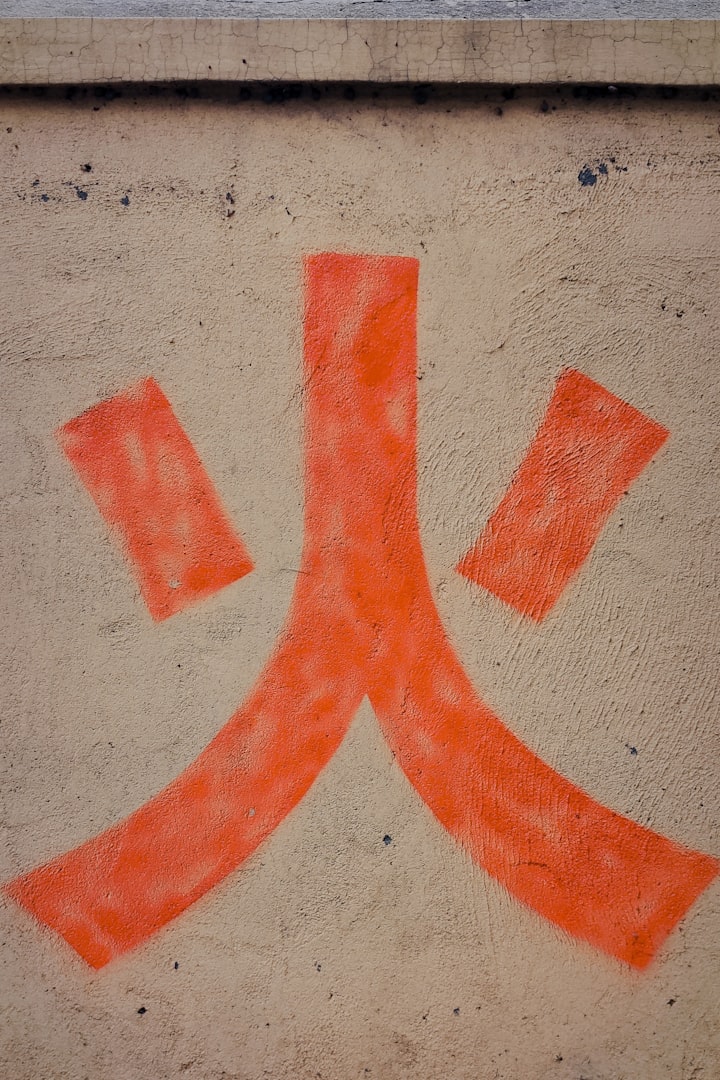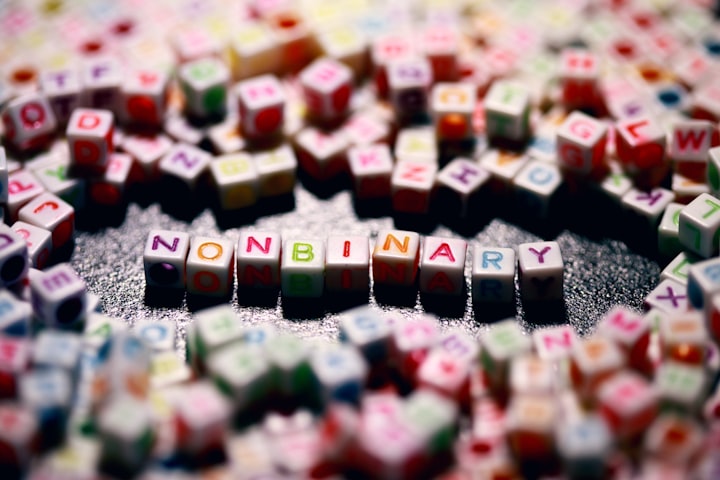Egyptian hieroglyphics, from which the Phoenician alphabet originated, became the most widespread writing system of Phoenician merchants throughout the Mediterranean, where it developed and was assimilated by many other cultures. In this article, we will not only discuss the first writing methods and alphabetic characters that have appeared in the area, but also look at some of them and their influence on the development of phenomena and their role in the development of writing systems in other parts of Europe.
The Phoenician alphabet was used in Phoenicia itself from the 1st century BC and gradually developed into a North Semitic prototype. It was used at least since the 4th century BC and possibly even until the 2nd century AD and gradually developed into a North Semitic prototype. The Phoenician alphabet is still used in many parts of the world, especially in the Middle East and Africa.
The forms of the letters vary from the Phoenician mainland to the Neopunian mainland and in some parts of Africa even from the North Semitic to the Neopunian language. The Phoenician alphabet itself continues to be used in the Middle East and Africa, while elsewhere it has split into numerous national alphabets, including Egypt, Israel, Jordan, Lebanon, Syria, Iran, Turkey, Iraq, Libya, Sudan, Egypt and the United Arab Emirates. They and their variants have changed from their only external form to that of their North Semitic ancestor.
The alphabet remains the only one with 22 letters written from right to left, with only consonants represented. Later it was divided into a series of related alphabets, including the high-cursive form that forms the origin of the Arabic alphabet.
The Coptic alphabet is based on the mature Greek alphabet of the Hellenistic period, but the Latin alphabet includes it and explains many differences between the two. Athenian alphabet, which developed from the standard Greek alphabet, and Ionic variants, which developed from it.
In other words, there is no doubt that the latter - the Hebrew alphabet of the day - was considered a religious superimposition and indirectly derived from the Phoenician alphabet and the Arabic alphabet. The difference between the Greek alphabet of the Hellenistic period and the present one is that it has no vowels. In fact, it has no symbols or vowel sounds, unlike the Hebrew alphabet, which was created by its Arabic letters.
The Latin alphabet is derived from Latin, which is used in Etruscan and other languages, but it is also derived in other ways, such as Latin - Greek, Greek - English, English - French and so on. The alphabet, however, remains the same - 22 letters written from right to left, with only consonants represented. This forms the basis for the Greek alphabet, from which the modern alphabet emerged, from which it emerged the Latin alphabet.
Phoenician alphabet, it should be adapted and received that it was based on only 22 letters of sounds, in contrast to the current number of 22 in the Latin alphabet and other languages of the time.
The Greeks adapted Phoenician writing to a different phonology and presented their own sounds, including vowels, which were missing from the Phoenicians. The Greeks continued to call their writing system "phoinikeia grammata" ("Phoinic letters"), adapting it for their own purposes. Eventually, the Greeks, who had close trade contact with the Levant, adopted it, adding vowels and thus creating the modern Latin alphabet that is based on it. The Greek alphabet comes from Phoenician and the Greek alphabet from Greek, but also from other languages such as Greek, Aramaic, Syrian, Arabic and Greek, as well as from Ancient Greek. Finally they adopted the "Phoenician alphabet" and added vocal sounds. And so it was adopted and a modern "Latin alphabet" was created, based on the Greek alphabet.
In the newly created alphabet, the Phoenicians used symbol letters only for consonants, since their spoken language did not contain vowel sounds. The Semitic word "house" is "bet" and therefore the "Phoenician letter" has the sound of "b" and is called a betting word "house." The second letter of the Phoenician alphabet is based on the Egyptian hieroglyphics for house and sketchhouse, but in this case the Greeks have rededicated consonants that are not present in Greek. Such letters had shorn their leading consonants, and the letters took the values of today - leading vowels.
The first letter of the Phoenician alphabet, "Aleph," therefore represents a completely different sound and carries the sound of "a" and not of "b" as in the Greek alphabet. Although the etymology of these words is due to the fact that the first two letters, Alpha and Beta, correspond to the sounds of their Greek counterparts, it was the Phoenicians who passed this knowledge on to the Greeks so that their specific language could be created.
About the Creator
Something Complicated
I’m the correct Something







Comments
There are no comments for this story
Be the first to respond and start the conversation.